New Year’s Eve, Dec. 31, marks not just the end of the old year but the anticipation of what’s to come. It’s little wonder, then, that people all over the world have developed traditions and rituals throughout the years that are supposed to bring good luck and prosperity or predict their fortunes to come. (Here are 25 strange superstitions you won’t believe exist.)
Consulting sources including Atlas Obscura, Best Life, Almanac, and Afar, as well as numerous websites devoted to the culture and customs of individual nations, 24/7 has compiled a list of interesting and unusual New Year’s traditions around the world.
Some of these traditions are widely observed — almost certainly the most popular of them is our own obsession with watching the ball drop in Times Square, seen annually by millions of Americans either live or on TV — while others may be limited to certain parts of the country in question, or may be dying out. (Besides watching the ball drop, we tend to make promises to ourselves as the old year ends.These are the most popular New Year’s resolutions this year.)
The number 12 figures in some year-end rituals, not surprisingly since the new year starts once the clock has tolled 12 times. Fruit figures in several traditions, and food of other kinds in some. And there is almost always an emphasis on hoped-for prosperity.
It is also worth noting that every nation has not just one but numerous traditions for the holiday, and that the same ones may be shared across international borders.
The countries on this list all use the Gregorian calendar, which means that they celebrate the end of the old year on Dec. 31. Countries or religions that go by the lunar calendar, in which there is no fixed date for the year’s end, celebrate at other times of year (like Chinese New Year in the late winter or the Jewish Rosh Hashanah in the fall), and have their own time-honored traditions. They are not included here.
Denmark
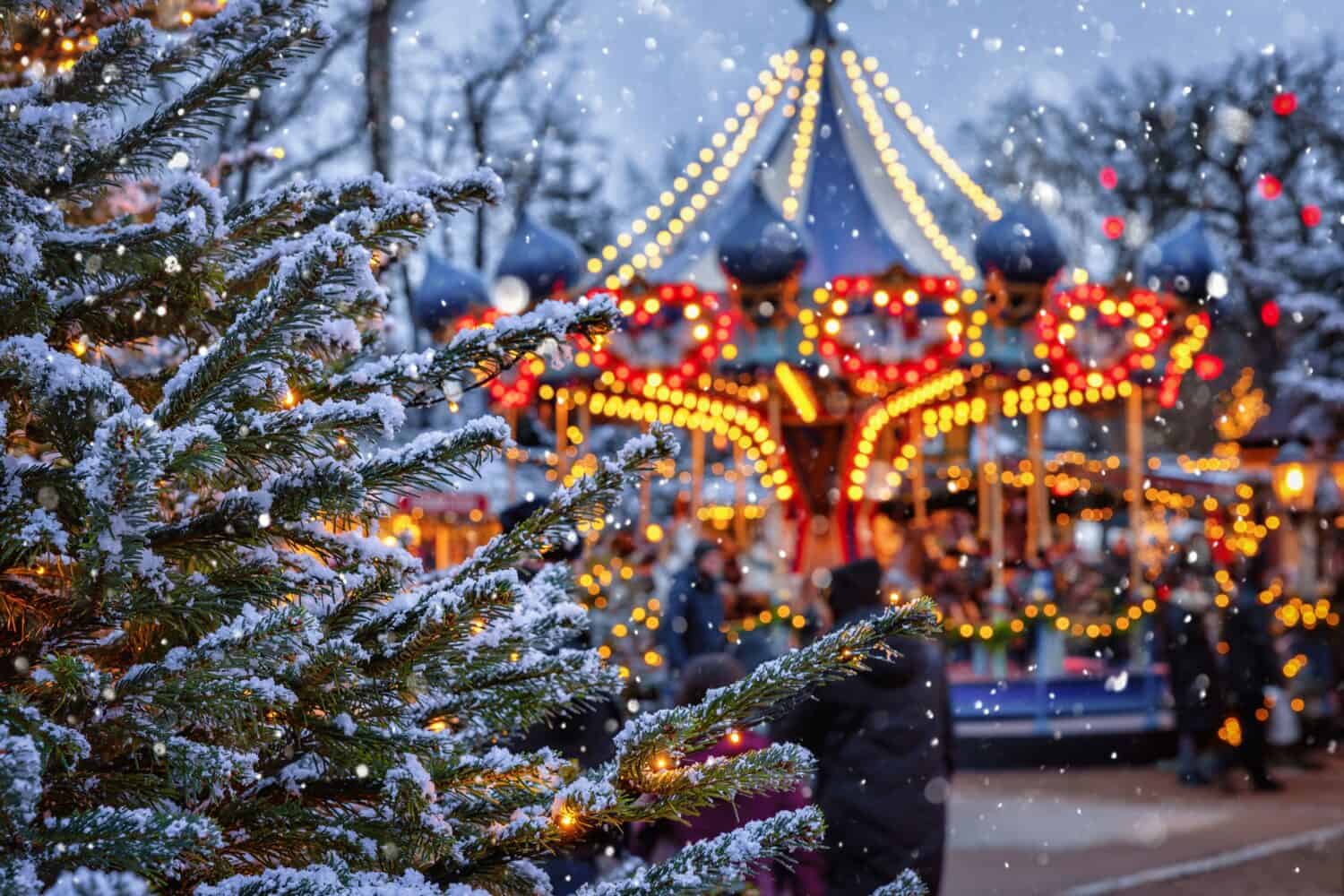
- Tradition: Breaking dishes on doorsteps
The Greeks might smash plates on a rowdy night in the local taverna, but Danes do it on New Year’s Eve. The idea is to hurl old or chipped crockery at the doorsteps of friends and neighbors as an expression of good fortune. A big pile of shattered dishes means plenty of good luck (and also suggests that you have a lot of friends).
Spain
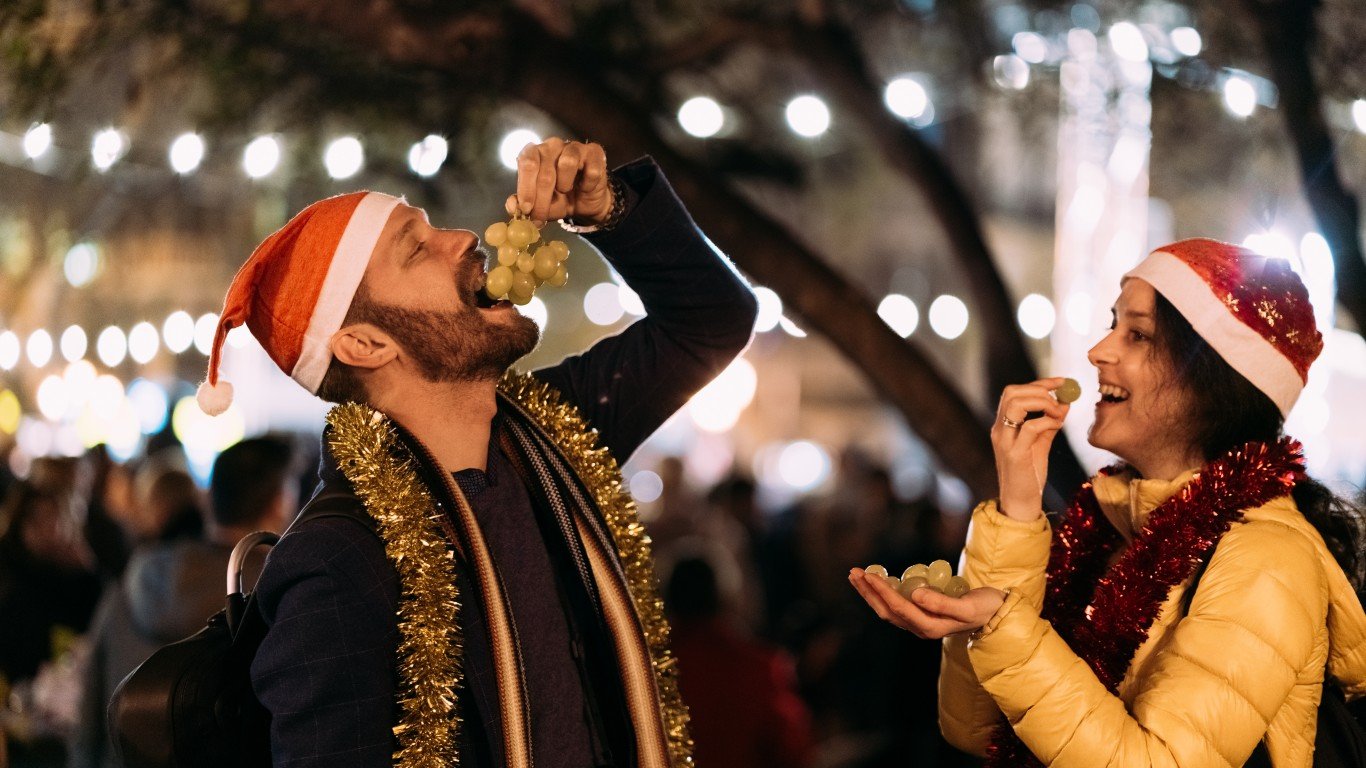
- Tradition: Eating 12 grapes
The number 12, representing midnight, figures in a number of New Year’s traditions. In Spain, it’s thought that eating one grape at every stroke of the 12 a.m. clock will bring prosperity in the coming year. It certainly added to the prosperity of the grape-growers in Alicante who invented the idea in the 19th century to sell more of their fruit.
Greece
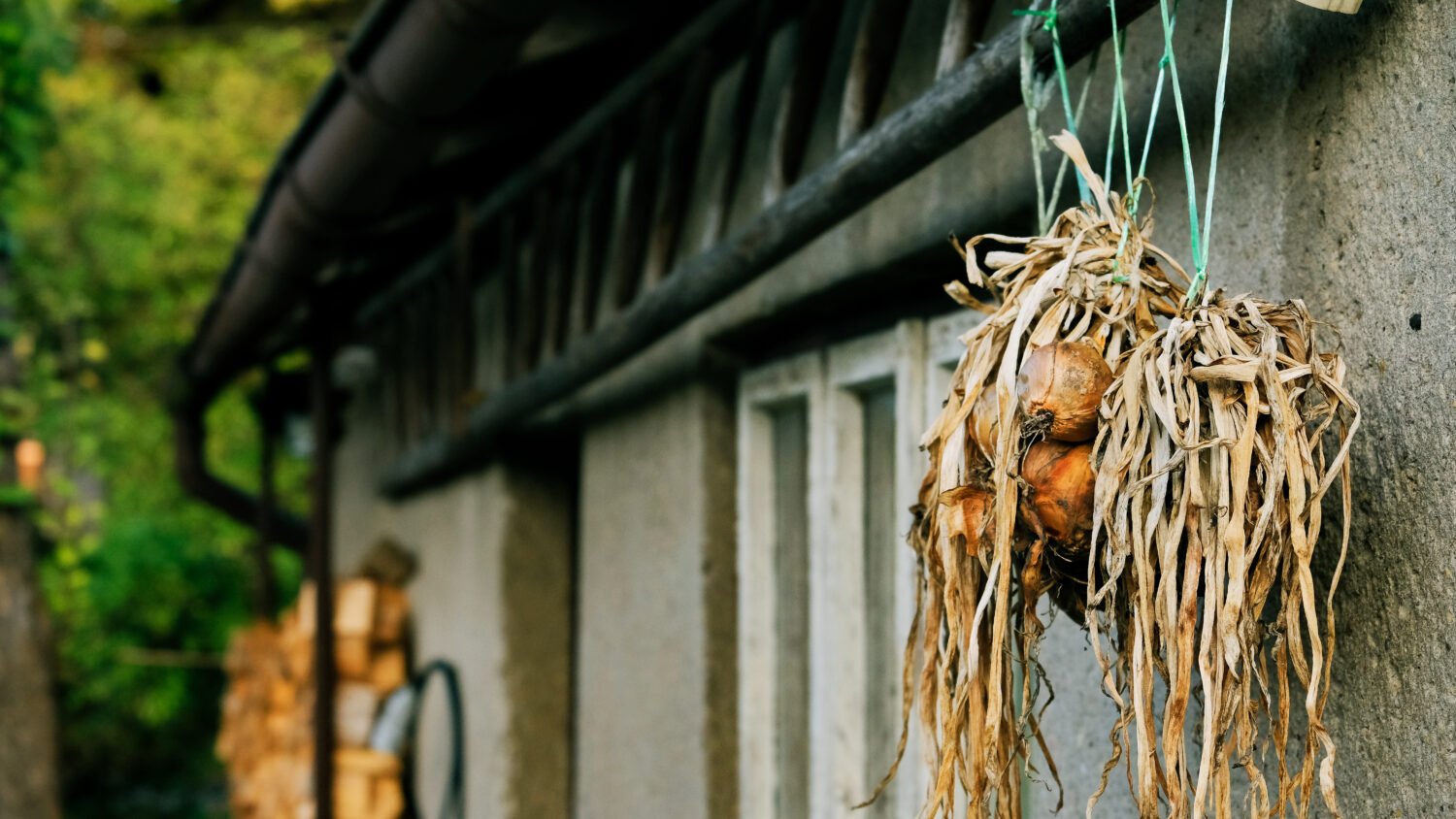
- Tradition: Hanging onions outside the door
Because onions reproduce abundantly in the ground, they’re considered a symbol of fertility and rebirth by the Greeks — which is why they hang strings of them by the door at the end of the year in hopes that their fortunes will grow over the next 12 months.
Belgium

- Tradition: Wishing “Happy New Year” to the livestock
It is an old tradition in Belgium for farmers to venture out into the fields on New Year’s Day and wish their cows a blessed year to come.
Japan
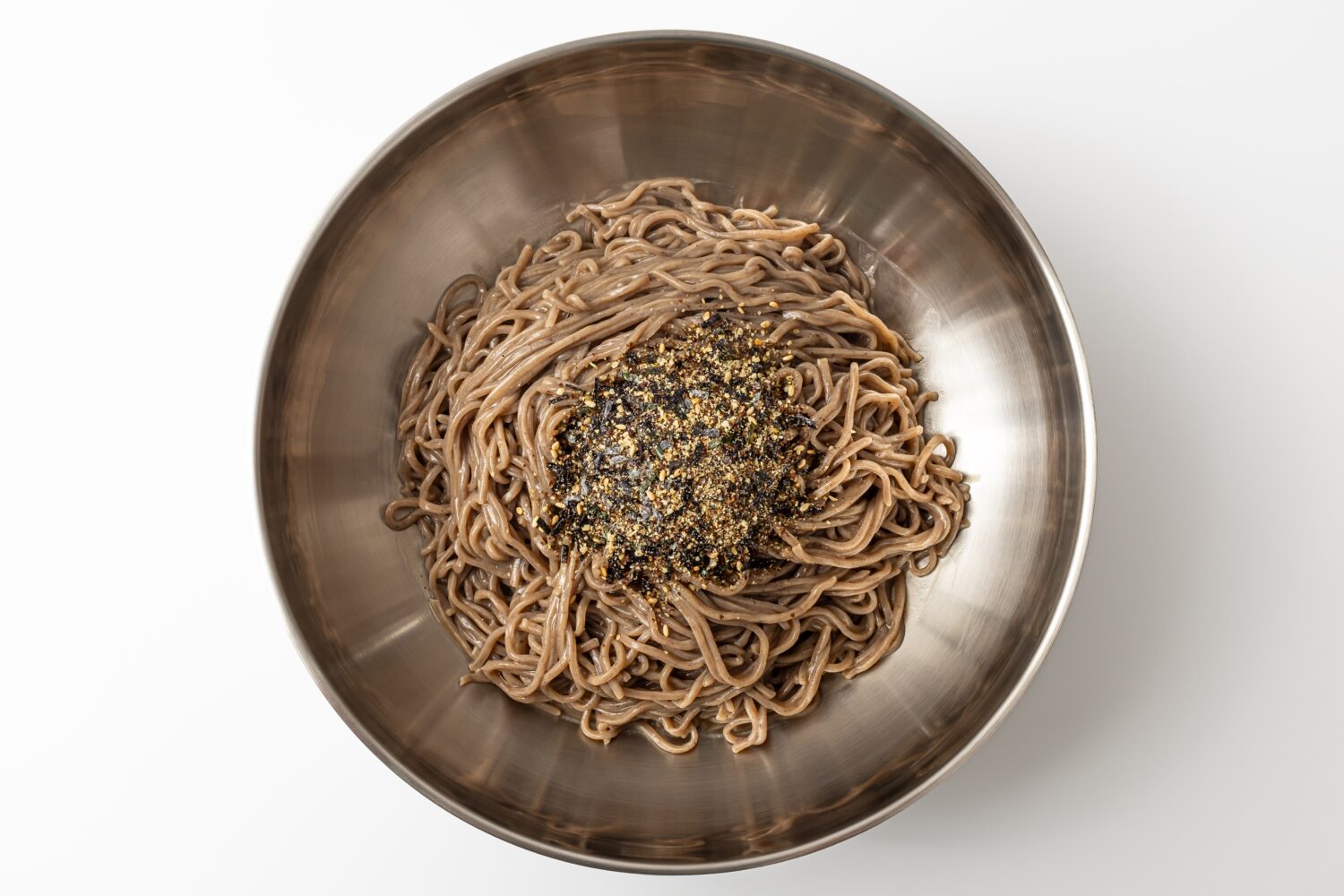
- Tradition: Eating buckwheat noodles
Toshikoshi (“New Year’s Eve”) soba means slurping buckwheat noodles on Dec. 31 — a custom that dates back about 800 years, when Buddhist temples would hand out bowls of soba to the poor. The length of the noodles is said to signify a long life, and it is also said that because the buckwheat plant grows vigorously, eating soba can be a sign of strength.
Turkey

- Tradition: Smashing pomegranates on your doorstep
Probably because it contains so many seeds (actually arils), pomegranates are widely considered to symbolize abundance around the Middle East. In Turkey, there is a tradition of smashing one on the doorstep for New Year’s Eve (and also at weddings and other important life events) to bring good fortune. It is said that the more seeds that spill out, the more prosperous the coming year will be.
Brazil

RIO DE JANEIRO, BRAZIL - DECEMBER 31: Crowds jam Ipanema beach on New Years Eve on December 31, 2015 in Rio de Janeiro, Brazil. More than one million people are expected to gather on neighboring Copacabana beach to watch the fireworks display ringing in the New Year at midnight. The city is set to host the Rio 2016 Olympic Games in August. (Photo by Mario Tama/Getty Images)
- Tradition: Jumping seven waves while making seven wishes
The beach is a popular New Year’s Eve destination in Brazil — remember that it’s summertime down there — and the surf provides the scene for two traditions: One is to jump into the water at midnight and then hop over seven waves in a row, making a wish each time. Seven is a sacred number in the indigenous Umbanda religion, linked to the Water Goddess Yemọja (also known as Lemanjá) — and another tradition is to toss white flowers into the sea as an offering to her.
Haiti
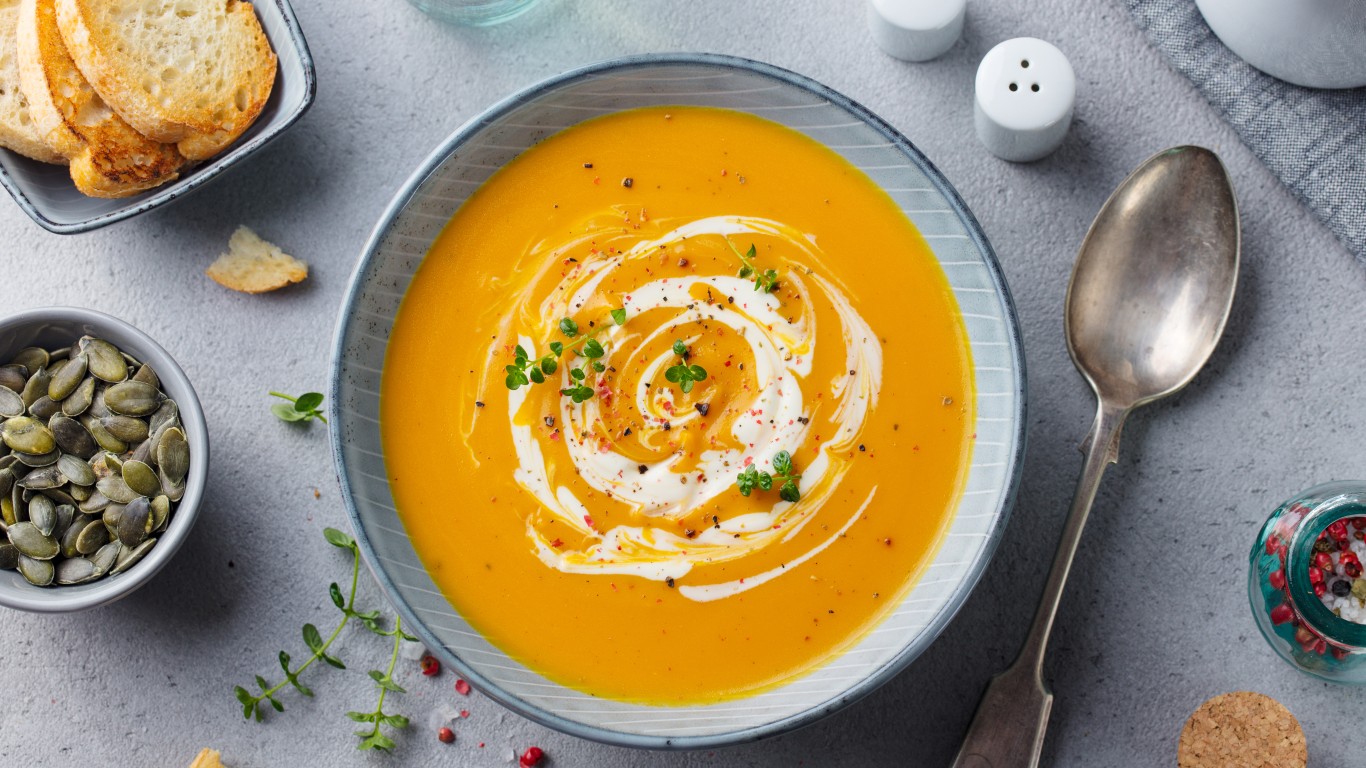
- Tradition: Eating pumpkin soup
Here’s a New Year’s tradition that has special meaning to those who observe it: In colonial times, pumpkin soup (actually made with various varieties of winter squash, along with other vegetables and pieces of beef), called soup joumou, was a specialty reserved to plantation owners and French officials. After a struggle of more than 12 years, Haitians finally won their independence, effective on Jan. 1, 1804, and could enjoy the soup that they had hitherto only cooked for others. The success of their rebellion is celebrated with bowls of the soup to this day.
Philippines
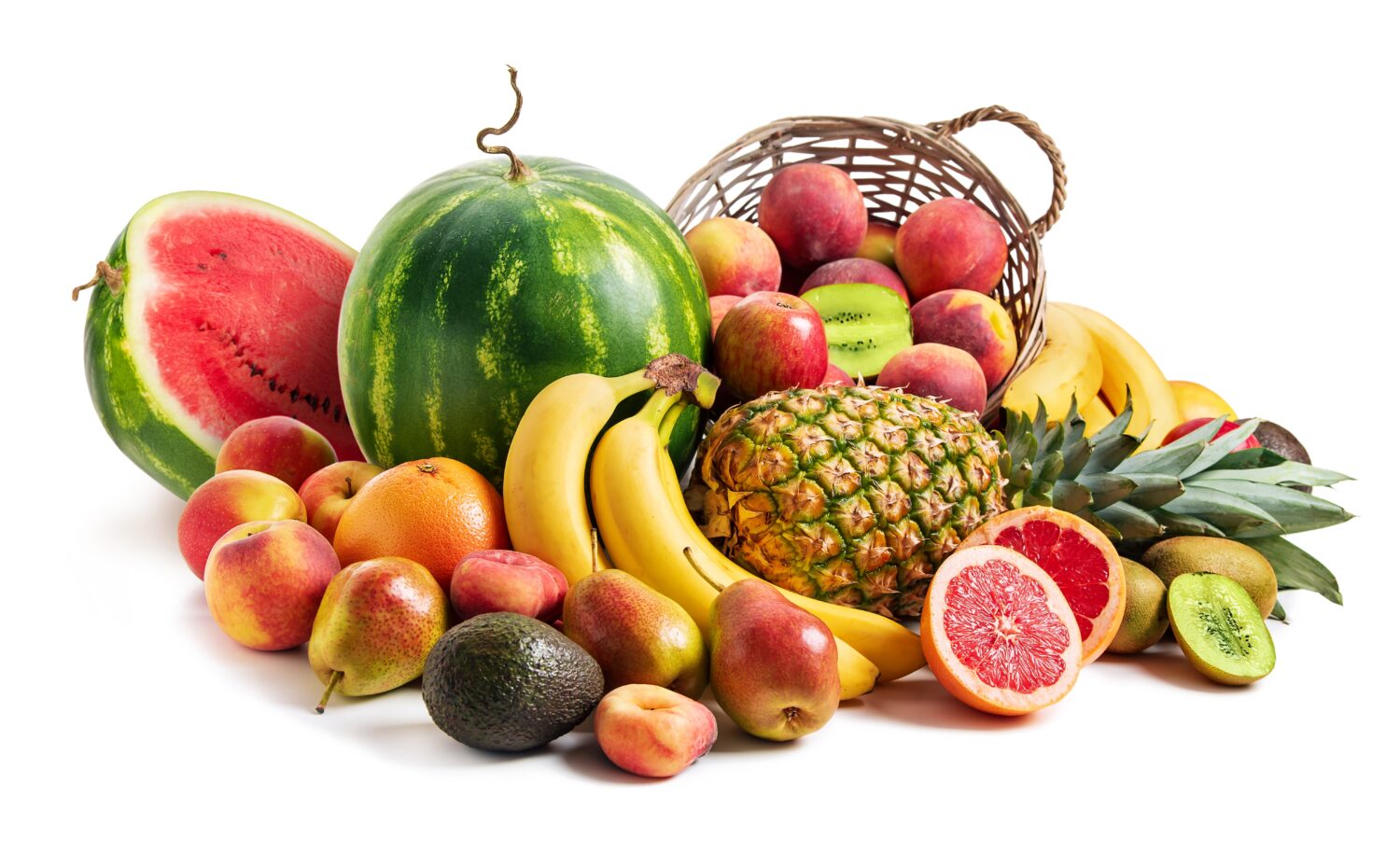
- Tradition: Serving 12 round fruits
In the Philippines, the shape of round fruits is said to suggest coins, and thus prosperity, and their sweetness promises a year free from care. In some households, 13 fruits are eaten, as that is considered a lucky number. Interestingly, Filipinos define “round” loosely. According to the website of the Cebu City-based SunStar newspaper empire, the recommended fruits include bananas, watermelon, and avocados.
Colombia

- Tradition: Putting three potatoes under the bed
Many cultures seek to predict future affluence on New Year’s Eve. In Columbia, one way of doing this is to place three potatoes — one peeled, one half-peeled, one unpeeled — under the bed. With eyes closed, a person pulls out a spud. If it’s the peeled one, that augurs bad year; half-peeled means an average year; unpeeled means riches to come.
Ireland

- Tradition: Banging bread against the walls
The Irish are great bakers, and there’s usually bread at hand, often homemade. On New Year’s Eve in some Irish homes, a loaf is banged against the walls in the belief that the practice will scare away evil spirits and perhaps also ensure that there’ll be plenty of bread in the year ahead.
Italy

- Tradition: Eating lentils with sausage or stuffed pig’s foot
In more than one part of the world, lentils are considered good luck. They’re round and flat, and thus look a lot more like coins than the bananas and watermelons of the Philippines do — and they also increase in size when they’re cooked, a symbol of abundance. In Italy, year-end lentils are typically served with the hefty pork sausage called cotechino or with zampone, a sausage stuffed into a deboned pig’s foot.
France

- Tradition: Feasting on oysters, lobster, foie gras, champagne, and more
The French don’t need an excuse to enjoy the pleasures of the table, but nonetheless, New Year’s Eve — called Saint-Sylvestre, in honor of the medieval Pope whose feast day is Dec. 31 — is an occasion typically celebrated by a luxurious dinner called a réveillon. This always includes high-end ingredients, but sometimes also the white sausage called boudin blanc and/or roast turkey with chestnuts.
Canada

- Tradition: Ice fishing
There’s no shortage of ice in Canada in late December, and while ice fishing — angling with a hook and line through a hole cut in the ice on a frozen lake — is popular on other occasions in the winter, it has become something of a tradition in some parts of the country on New Year’s Eve and Day alike. The sport has seen a resurgence in recent years, in fact, and while some ice-fishermen go it alone, there are now guides and heated huts available.
Switzerland

- Tradition: Dropping ice cream on the floor
Dropping ice cream (or whipped cream) on the floor is supposed to bring good luck, peace, and prosperity, according to Swiss tradition. How and why the ritual got started remains a mystery — and it’s probably not good luck for whoever has to clean it up.
Netherlands
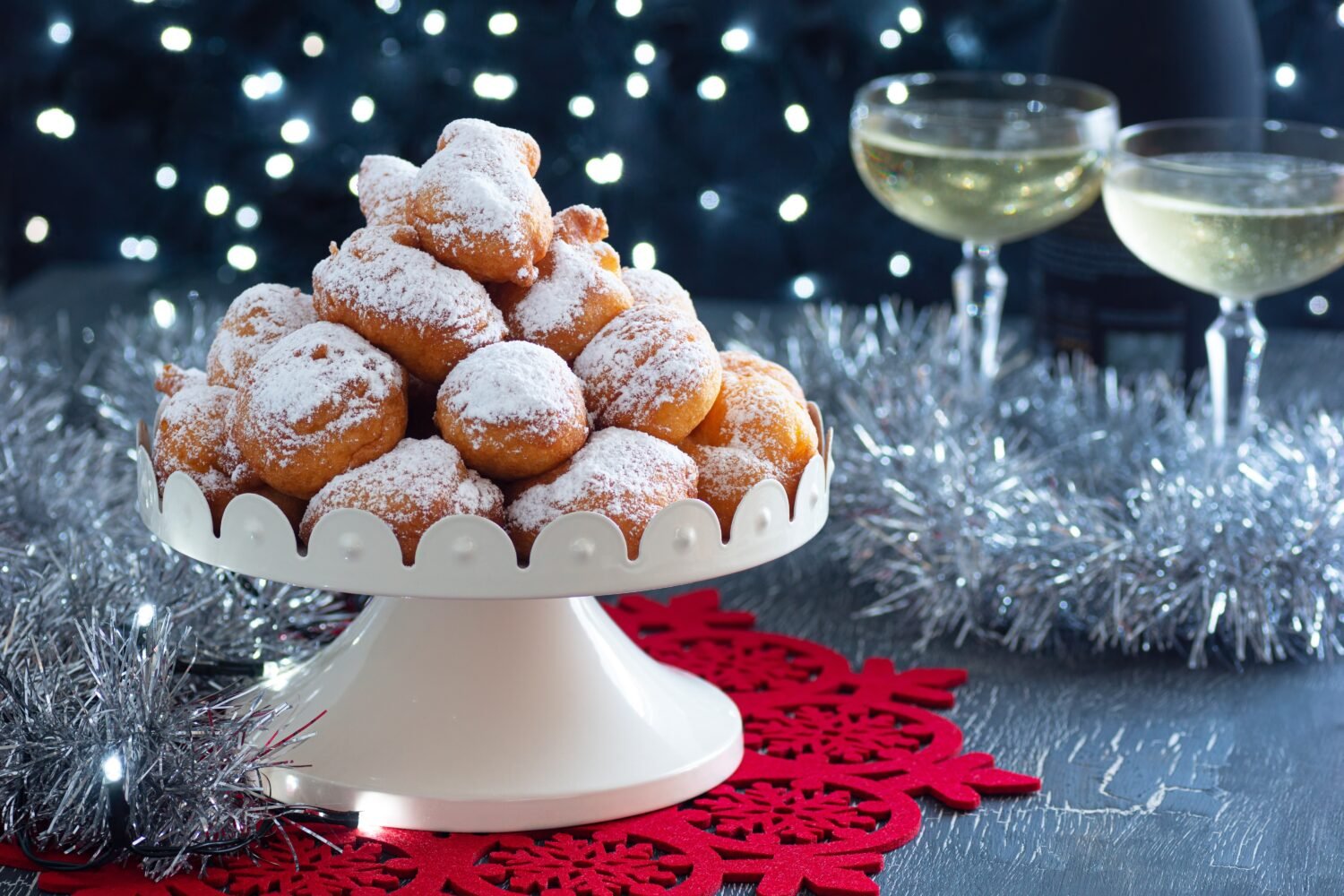
- Tradition: Eating doughnuts
The doughnuts in question aren’t the kind with holes, but rather deep-fried spherical ones, like what we’d call doughnut holes. Known as oliebollen (literally “oil balls”) in Dutch, their origin apparently dates back to the Germanic tribes who lived in the region more than 2,000 years ago — though some scholars think they came to the Netherlands with Sephardic Jewish immigrants from Portugal in the 15th century.
Scotland

- Tradition: Practicing “first footing”
The Scots gave us the great New Year’s tradition of “Auld Lang Syne,” which Robert Burns wrote in 1788, basing it on an old Scottish folk song. A tradition for the occasion that has not been as widely exported is first-footing. The idea is that the first person to enter a house after the stroke of midnight on New Year’s Eve (known in Scotland as Hogmanay) brings with him the luck that the household will enjoy in the coming year. And it’s nearly always a “him” — ideally, a tall man with dark hair, bringing a gift (whisky, coins, the kind of fruitcake called a black bun, etc.). Women and light-haired men are considered to bring bad luck. Once all are assembled, by the way, “Auld Lang Syne” will likely be sung.
Estonia

- Tradition: Eating lots of meals
They may not have the reputation for dining that the French or Italians do, but on New Year’s Eve, Estonians sometimes prove themselves to be world-class gourmands by consuming not one or three but seven, nine, or even 12 meals over the course of the year’s final day. They don’t have to be huge meals, luckily, and it’s considered okay to leave food on the plate.
Russia

- Tradition: Making 12 wishes in 12 seconds
When the clock starts to strike the midnight hour, some Russians make a wish with every toll of the chimes. In Moscow, where the clock on the Spasskaya Tower in the Kremlin rings slowly, people write each wish down on a slip of paper, then burn them.
Czech Republic
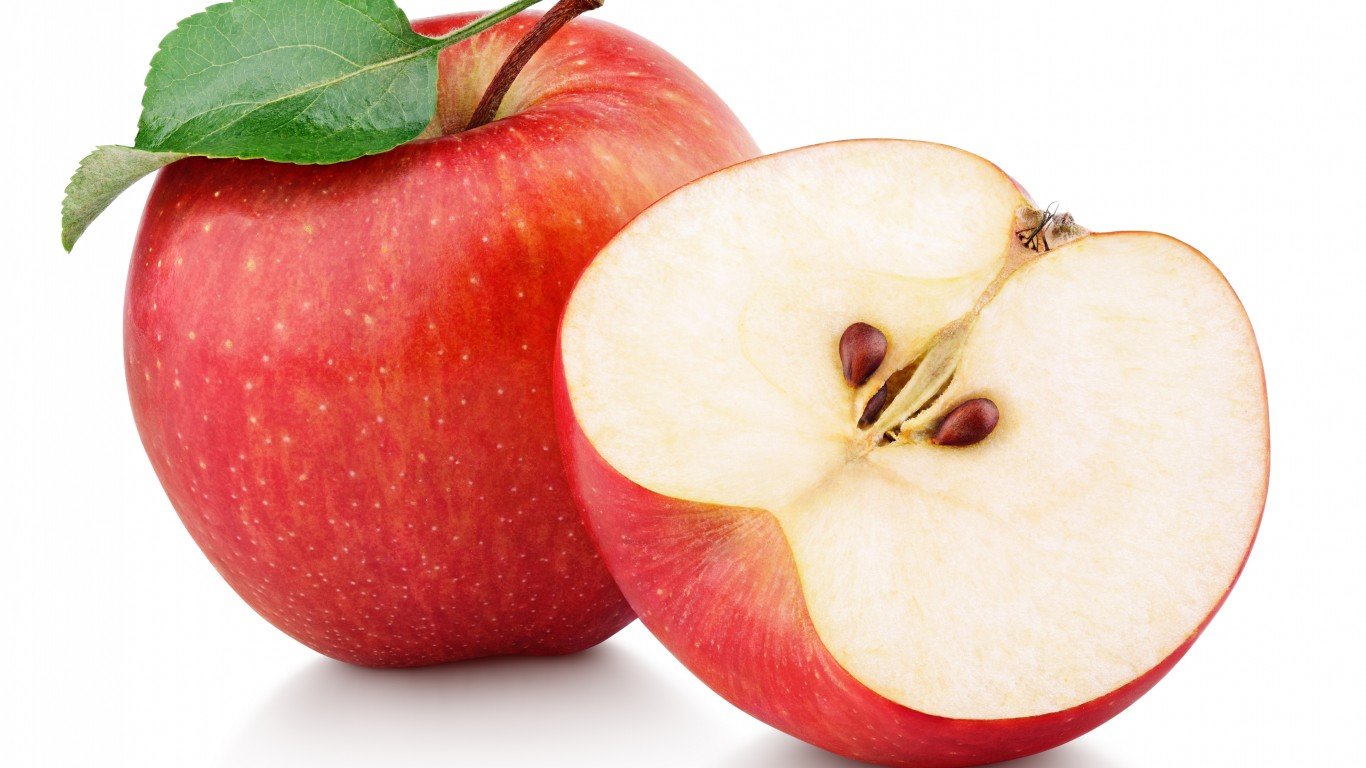
- Tradition: Cutting apples in half
The Czechs use apples as a divining tool, cutting one in half on Dec. 31. If the core looks like a star, it bodes well for the coming year. If it’s shaped more like a cross, someone in the room will have bad fortune.
Panama

- Tradition: Burning effigies of famous people
As a way of saying goodbye to the old year and clearing the slate for the year to come, Panamanians sometimes burn effigies (called muñecos, literally “dolls”) of famous people from politics, the arts, or TV shows. The figures are filled with firecrackers, lit as midnight strikes. The noise is supposed to drive away evil spirits.
Germany

- Tradition: Eating lucky pigs
Pigs are considered a sign of good luck in rural Germany, perhaps because a farmer who owned many pigs was doing well. (“Schwein haben” — to have pig”— is a colloquial expression for being lucky.) While pork may well figure in holiday meals, there’s also a New Year’s tradition of eating marzipan pigs for good fortune.
Puerto Rico

- Tradition: Cleaning everything
Some Puerto Ricans believe that cleaning everything in their home, inside and out, before Jan. 1 will ensure a year of good order to come. Another expression of the same idea is to throw a bucket of water out the window, symbolically cleaning out the old year.
United States
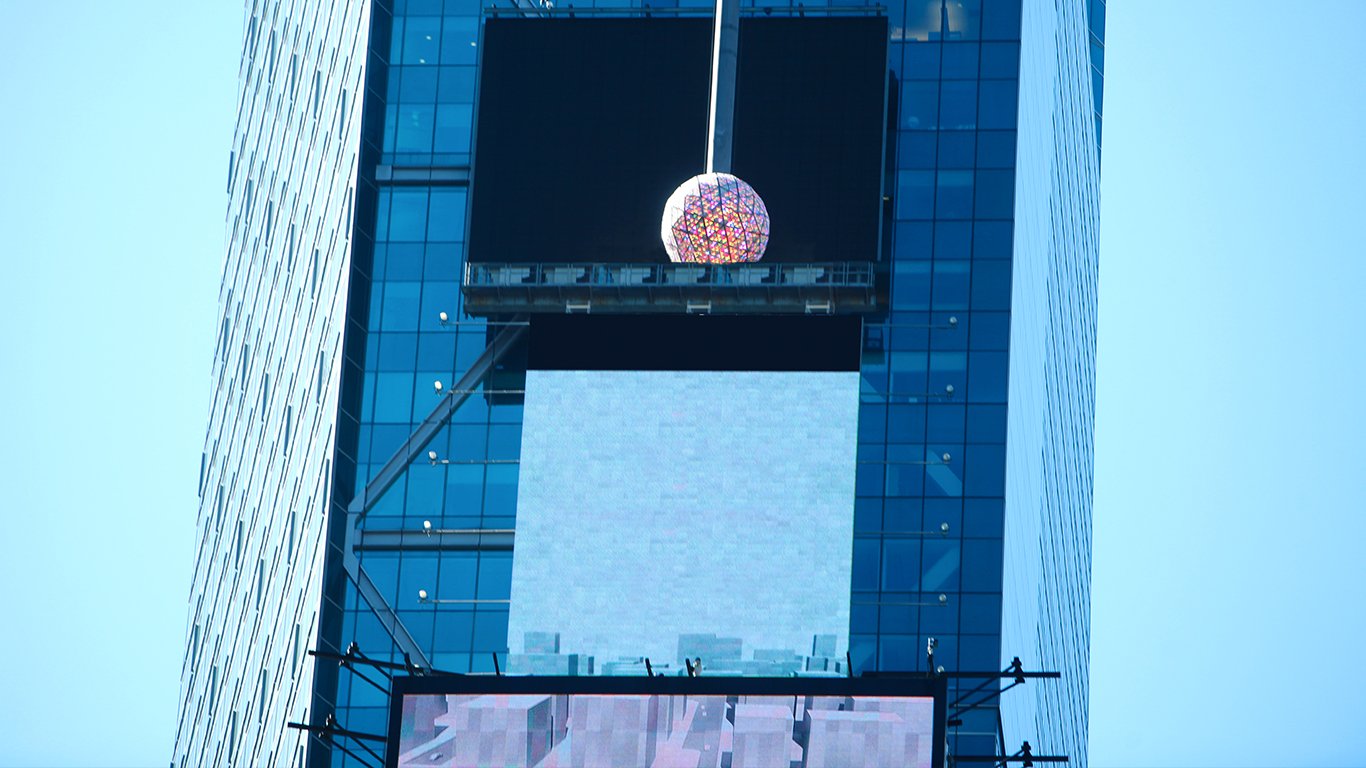
- Tradition: Watching the ball drop
Every Dec. 31 at one minute before midnight, a so-called “time ball” begins a slow descent down a kind of flagpole along the One Times Square building in Manhattan’s famed Times Square. The tradition was started, in a low-tech way, in 1907 by Adolph Ochs, owner of the New York Times, which was headquartered in the building. The ball has dropped every year since, except in 1942 and ’43, because of mandated blackouts during WWII. The ball is 12 feet in diameter and illuminated with more than 32,000 LED bulbs. As many as a million spectators in and around Times Square see the ball drop every year, and over a billion watch it worldwide.
